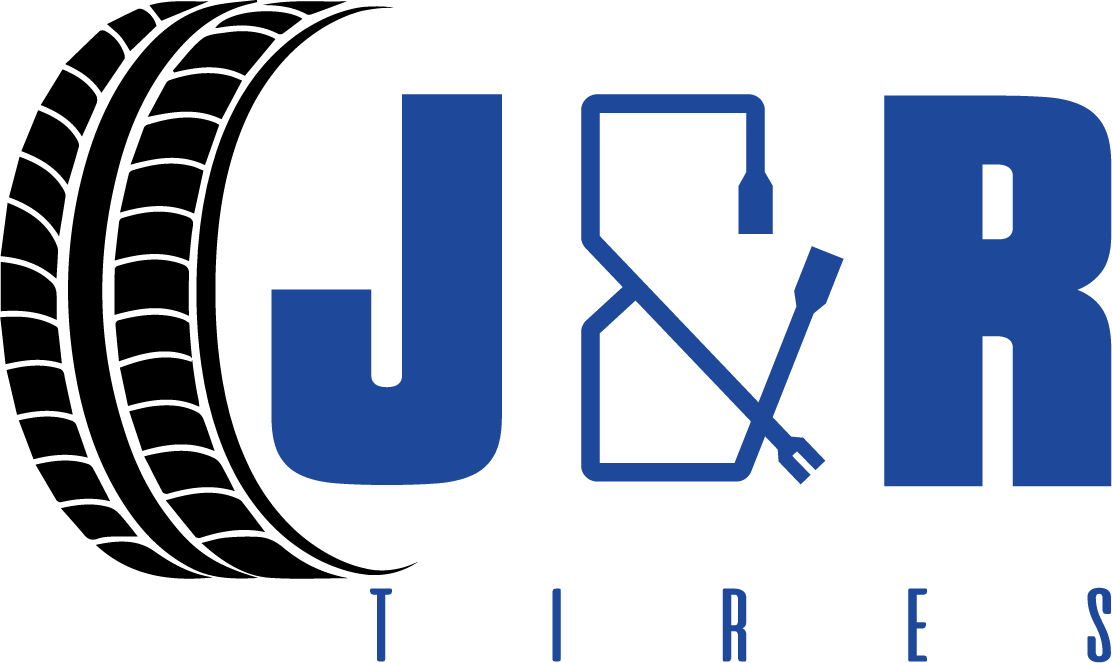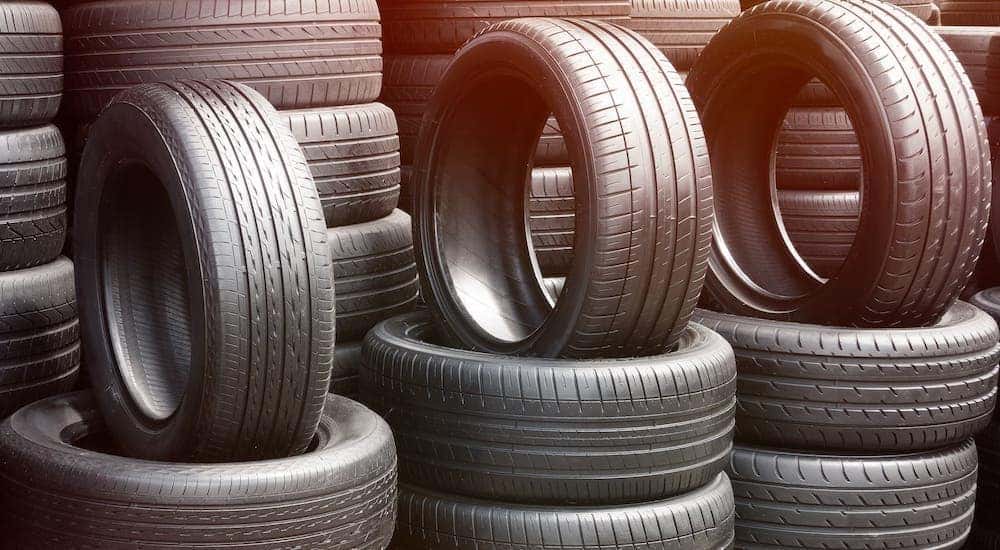Experience Excellence: Tire Tracks Morris IL, Your Ultimate Tire Shop
Experience Excellence: Tire Tracks Morris IL, Your Ultimate Tire Shop
Blog Article
The Science Behind Tire Repair Work and Security
When it comes to the intricate globe of tire maintenance and security, there exists a world of science that often continues to be hidden by the ordinary chauffeur - discount tires morris il. The products that compose a tire, the effect of tire stress on general safety and security, the effects of step wear, the intricate dynamics of tire traction, and the often-overlooked relevance of correct wheel positioning all play vital functions in making certain an automobile runs securely and effectively. As we browse through the intricacies of tire repair work and safety, it ends up being apparent that a much deeper understanding of these clinical principles is not just useful yet crucial for every single motorist when traveling
Tire Structure and Performance
What materials comprise the composition of tires, and how do these parts add to their performance on the road? Tires are complex items, typically made from a mix of rubber substances, textile, steel cables, and various other chemical additives. The most typical sort of rubber utilized in tires is synthetic rubber, which provides sturdiness and resistance to tear and use. The fabric layers, frequently constructed from rayon, nylon, or polyester, offer strength and security to the tire framework. Steel cords are incorporated to improve the tire's strength and help it keep its form under different road problems.
The composition of tires plays a critical role in their performance on the roadway - morris tire service. The rubber substances offer hold and traction, permitting the tire to adhere to the road surface and give stability during velocity, stopping, and cornering. The material and steel layers add to the tire's capacity to endure stress, keep its shape, and sustain the car's weight. In general, the cautious selection and combination of these materials guarantee that tires can carry out efficiently and safely on numerous roadway surface areas and problems.
Impact of Tire Stress on Safety And Security
Preserving proper tire pressure is necessary for making sure optimum security and efficiency while driving. The impact of tire pressure on security can not be overemphasized. Underinflated tires are prone to getting too hot, which can result in tire blowouts, specifically at broadband. Additionally, low tire stress affects the handling and responsiveness of the vehicle, raising the threat of mishaps, particularly during emergency situation maneuvers. On the other hand, overinflated tires have much less contact with the roadway surface, lowering traction and creating uneven endure the tire footsteps. This endangers the car's stability and stopping performance, posing a significant safety and security risk. Correctly inflated tires likewise play an important role in gas performance, as underinflated tires can increase moving resistance, bring about decreased gas mileage. Regularly examining and preserving the appropriate tire pressure not only ensures safety but also extends the lifespan of the tires, saving money on replacement expenses over time.
Tread Wear and Its Implications
Appropriate surveillance of tire walk wear is essential for ensuring optimum performance and safety on the road. As tires put on down, the depth of the tread reduces, decreasing the tire's ability to keep grip, especially in wet or unsafe conditions. The walk pattern and depth play a vital function in transporting water away from the tire to avoid hydroplaning and maintaining grasp on the roadway surface area.
Unequal wear may suggest concerns with tire suspension, positioning, or rising cost of living elements. Put on signs are built right into the tire tread and come to be visible when the tread depth gets to a specific reduced point, showing the demand for prompt substitute.

Recognizing Tire Traction Characteristics
Checking tire tread wear not only guarantees ideal efficiency and safety yet also straight impacts the grip dynamics of the tires on various road surfaces. Tire grip is a vital facet of automobile handling and safety, as it determines the grasp in between the tires and the road. Traction dynamics differ depending on roadway conditions such as completely dry pavement, damp roadways, snow, or ice.

Recognizing tire grip characteristics is important for vehicle drivers to adapt their driving behavior according to the road conditions. morris tire. Frequently checking tire tread depth and problem can substantially improve traction efficiency, guaranteeing more secure driving experiences across numerous surface areas
Value of Correct Wheel Placement
Ensuring appropriate wheel placement plays an important role in optimizing vehicle efficiency and expanding tire durability. Proper wheel positioning entails readjusting the angles of the wheels to manufacturer specifications, making sure that they are vertical to the ground and alongside each various other. When placement is off, it can lead to uneven tire wear, reduced fuel efficiency, and endangered handling.
One of the essential benefits of preserving proper wheel alignment is enhanced dealing with and stability. Misaligned wheels can cause the car to pull away, impacting guiding control and overall driving experience. Additionally, right placement advertises even tire wear, preventing early tire substitute and reducing maintenance costs in the future.

Conclusion
In verdict, the scientific research behind tire fixing and safety and security is critical for preserving vehicle performance and making certain driver security. By recognizing tire structure, pressure, step wear, traction characteristics, and wheel alignment, drivers can stop crashes and lengthen the life-span of their tires.
The materials that compose a anonymous tire, the effect of tire pressure on overall security, the effects of tread wear, the complex dynamics of tire traction, and the often-overlooked relevance of correct wheel alignment all play vital duties in making sure a lorry runs securely and efficiently. On the other hand, overinflated tires have less call with the road surface, decreasing grip and triggering uneven wear on the tire footsteps. Regularly inspecting and preserving the appropriate tire pressure not just makes certain security but also prolongs the life expectancy of the tires, saving on substitute costs in the long run.
Keeping an eye on tire tread wear not just makes certain optimal performance and safety yet also straight impacts the grip dynamics of the tires on various road surface areas. Tire grip is a critical element of lorry handling and security, as it identifies the grasp in between the tires and the road.
Report this page